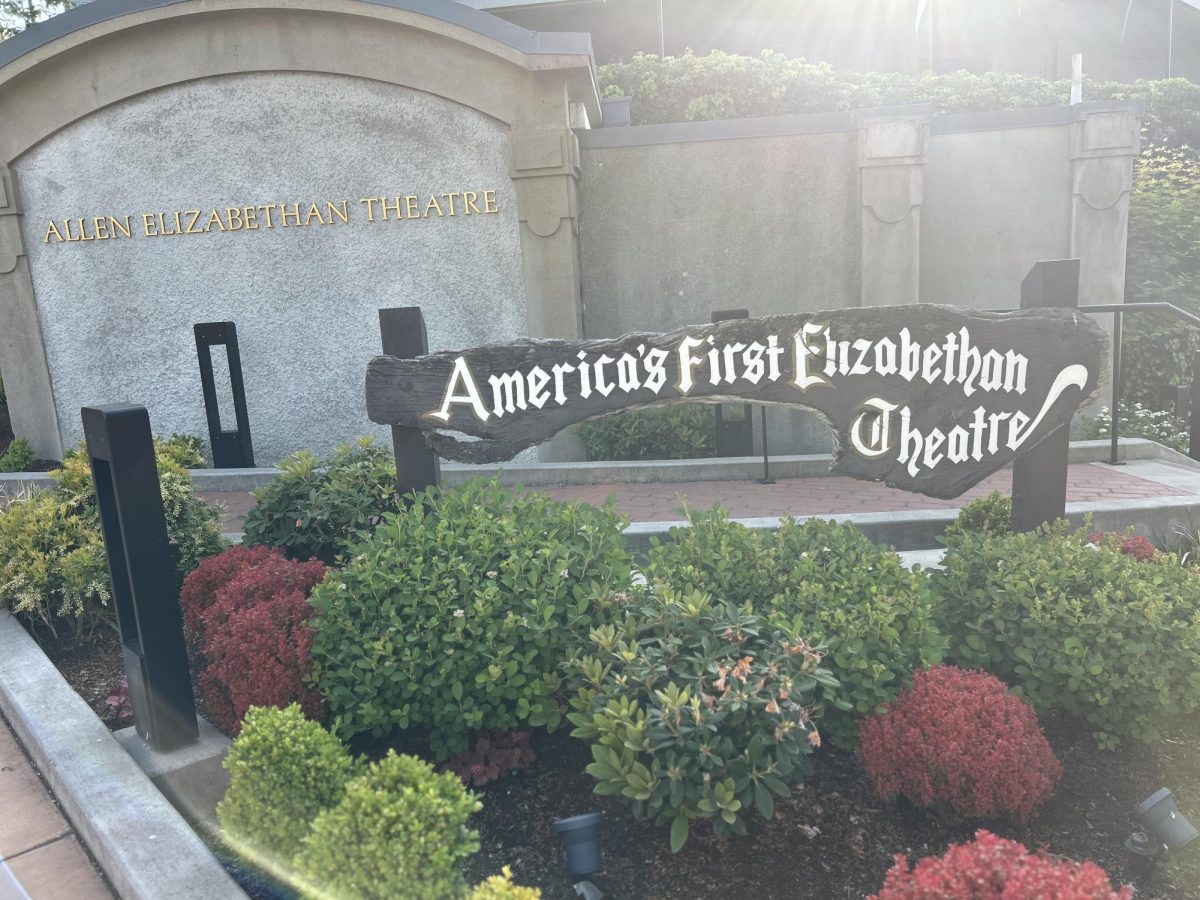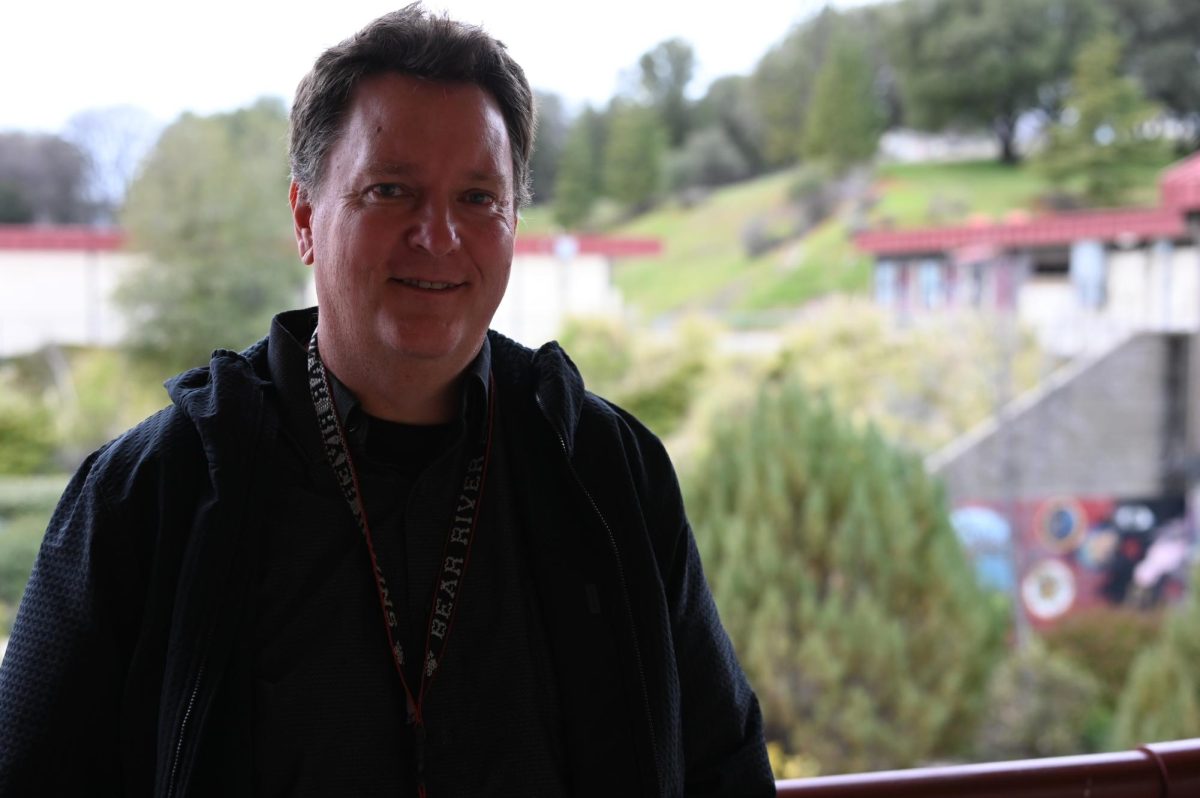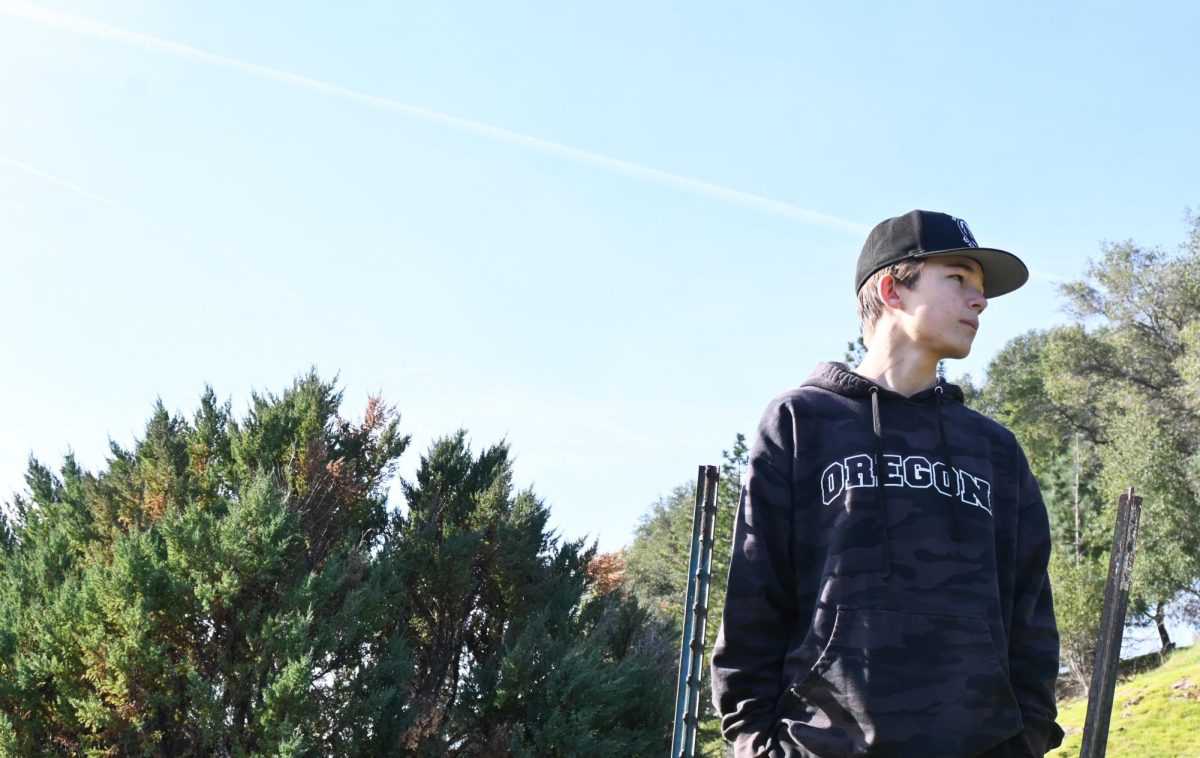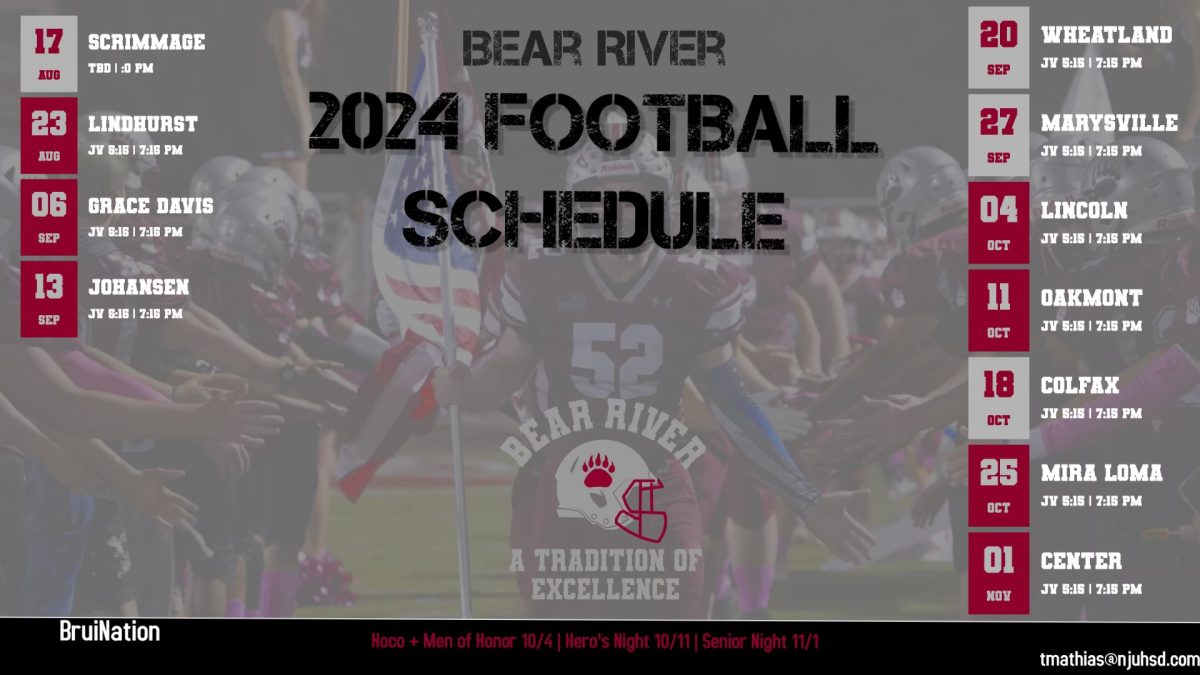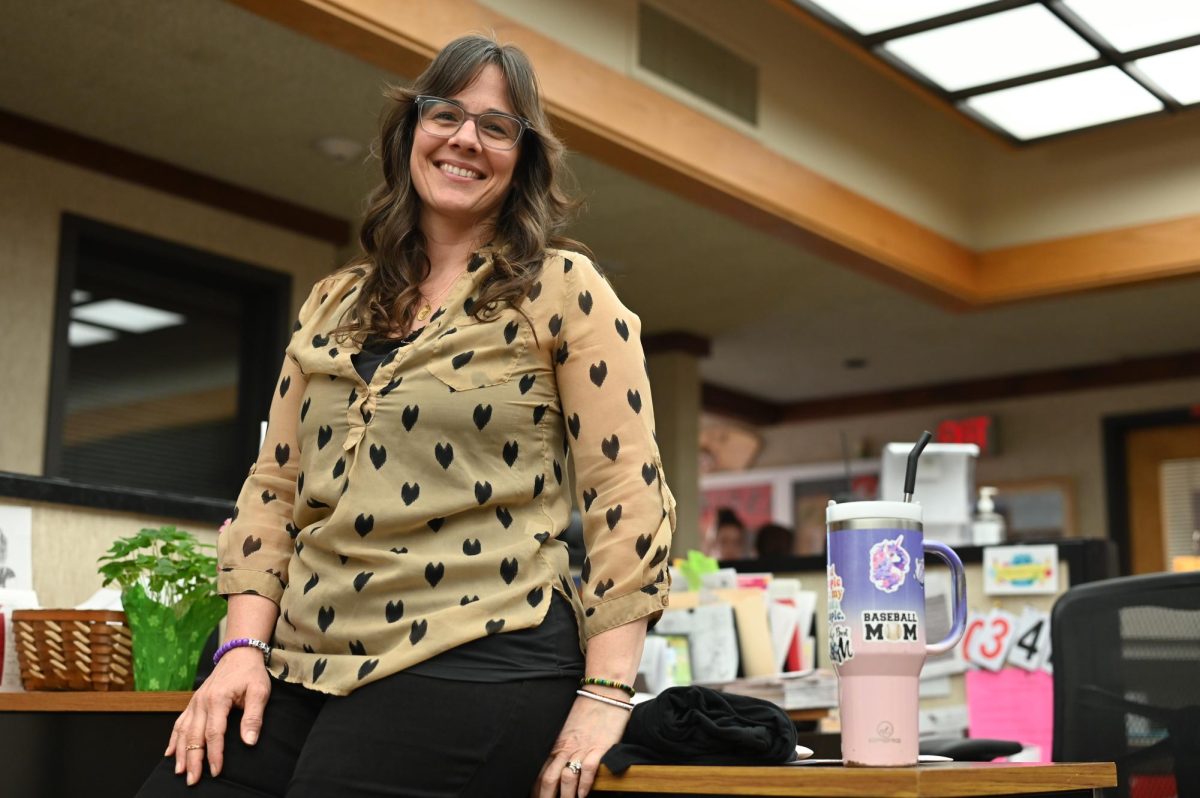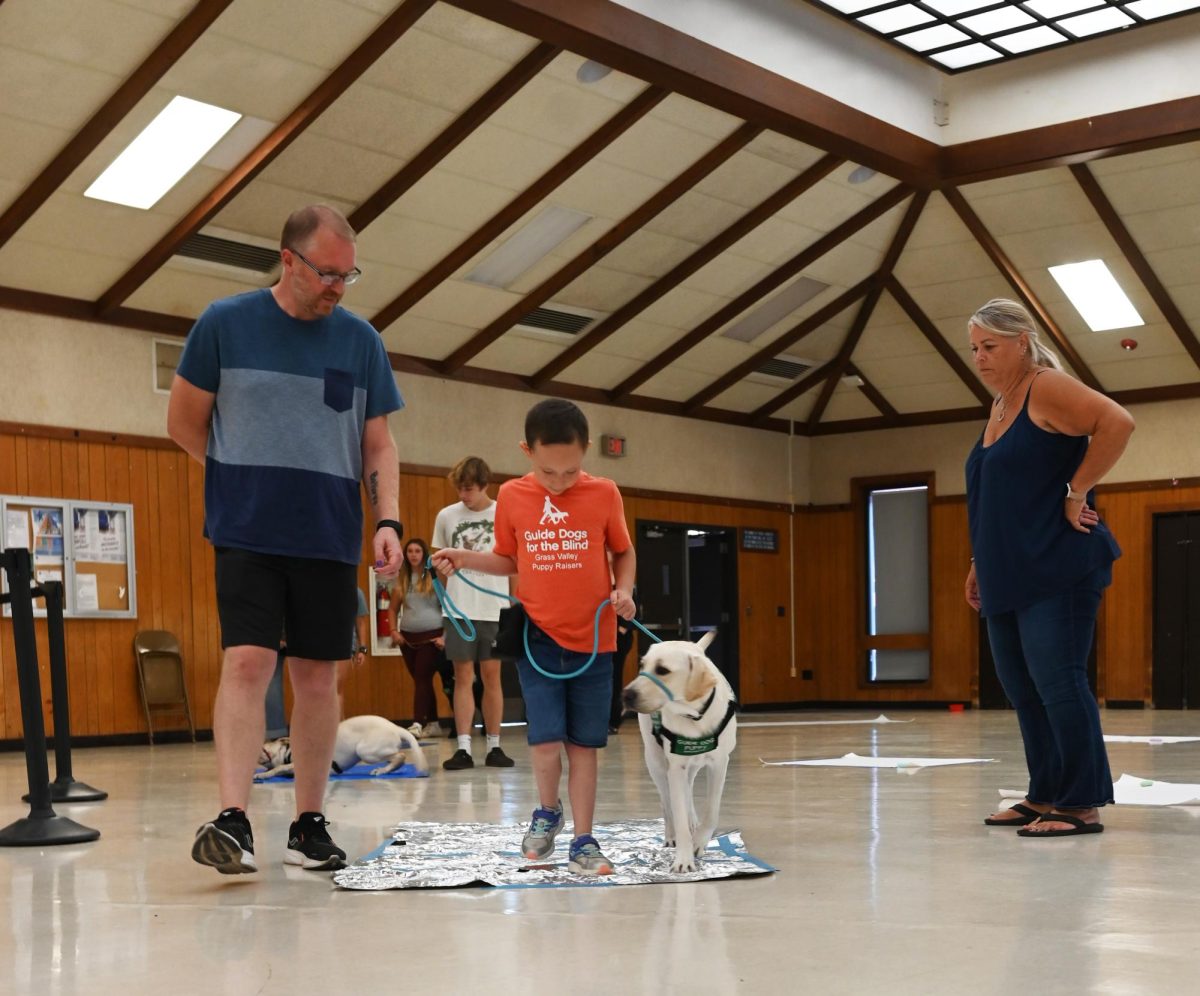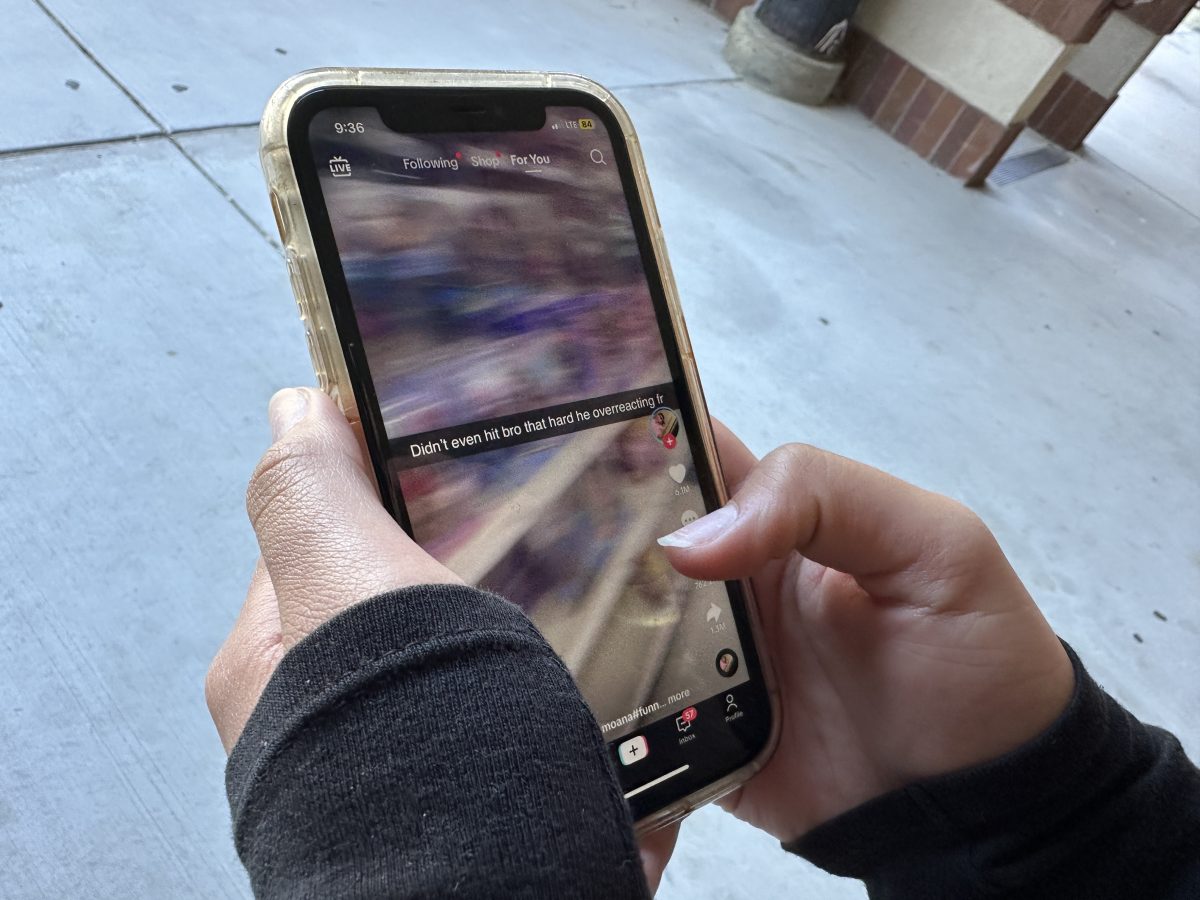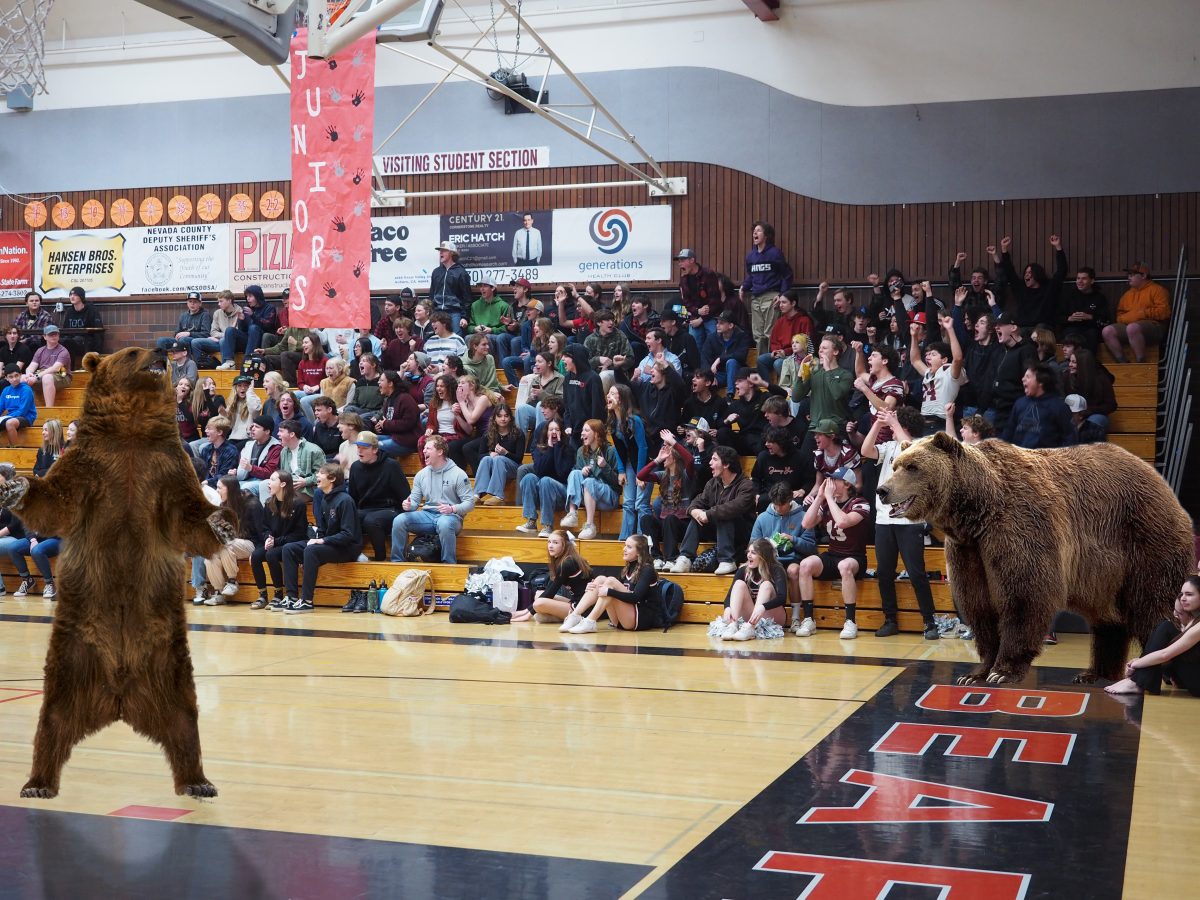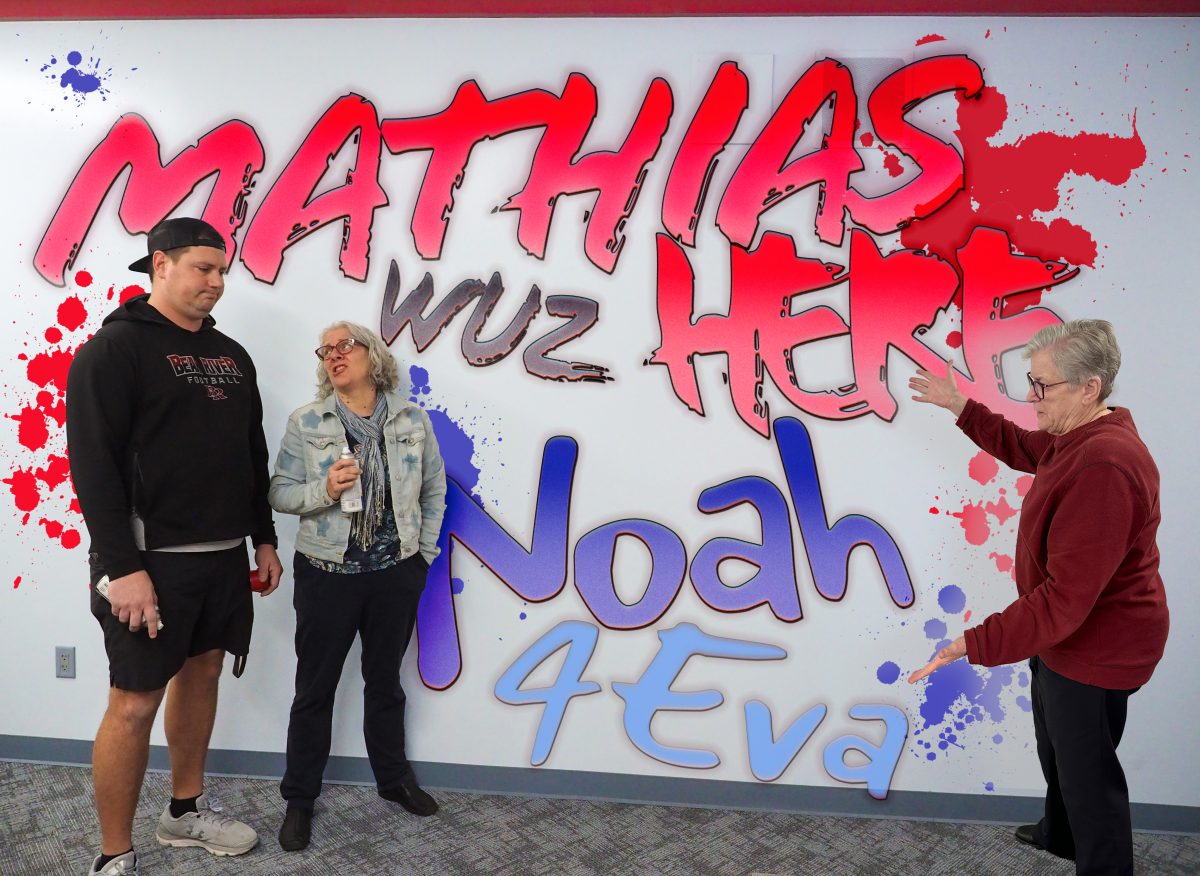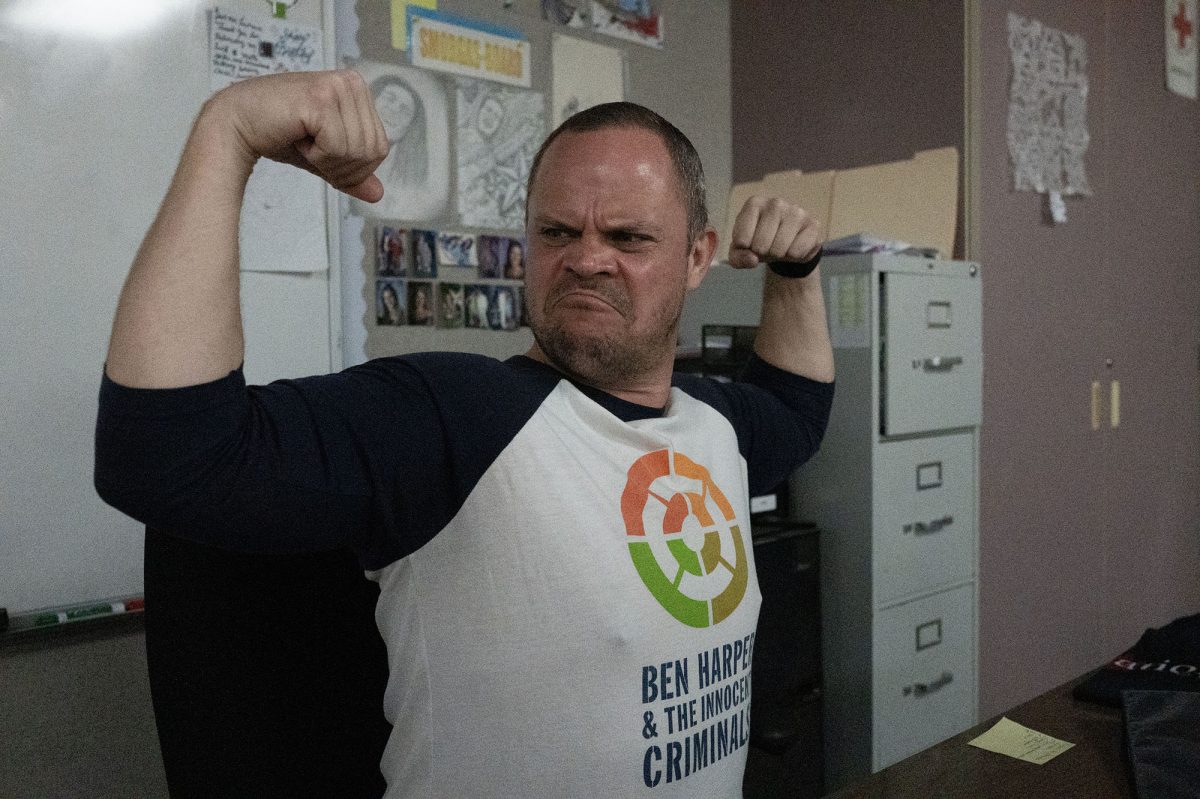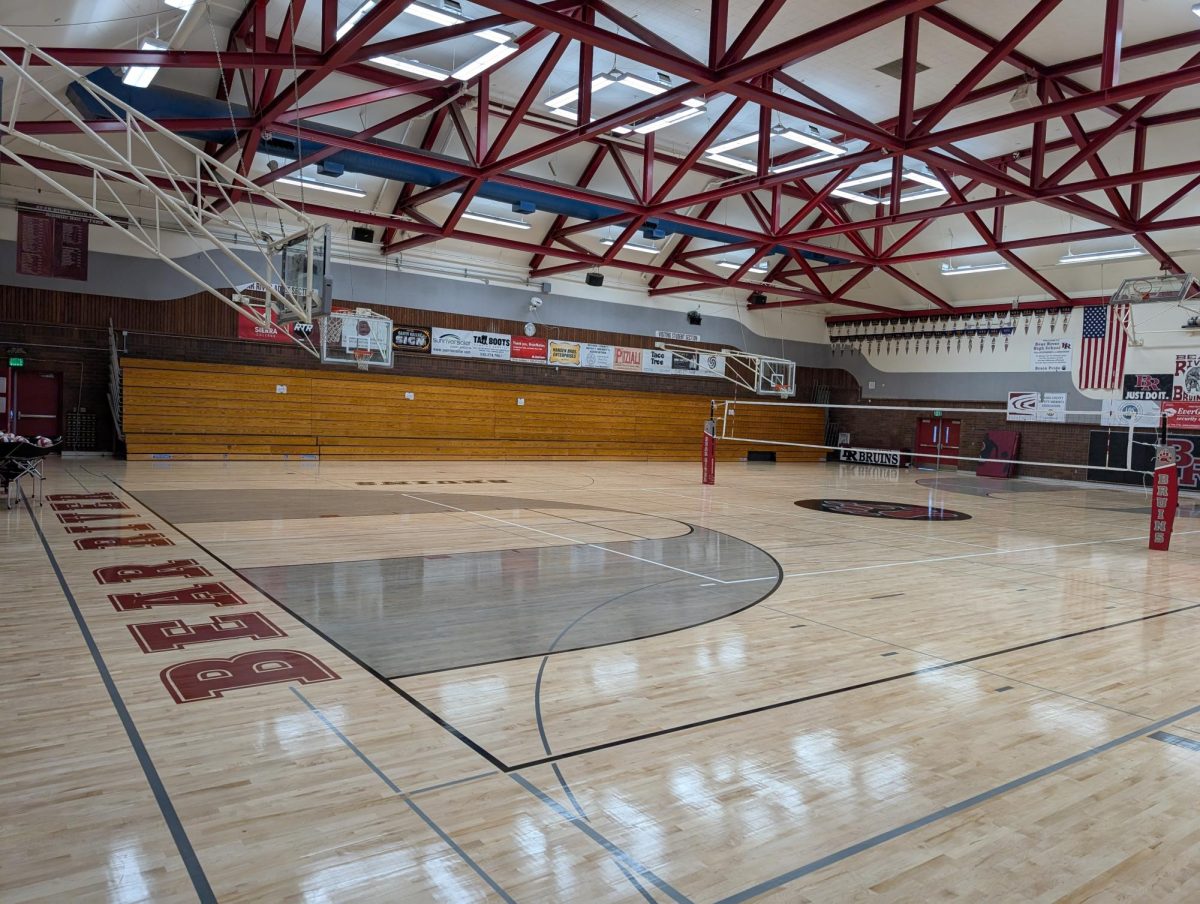When developing curriculum for high school history classes, a question arises: should we teach Critical Race Theory?
CRT is the idea that racism goes deeper than person-to-person interactions, and that it is embedded in society, laws, and even economic structure. For example, a Black person might struggle to get a loan because of a predisposed feeling of suspicion towards their economic stability. Over the summer of 2021, a national debate arose on the subject of teaching this topic in grades K-12. A number of states banned the teaching of CRT in schools, but California has not taken action one way or the other.
United States History Teacher Matt MacDonald acknowledged the variety of meanings that CRT has had.
“I think it’s taken on a lot of different definitions,” he said. “A lot of different meanings and stuff depending on the context it’s taken in.”
The lack of clarity on this term expands to students as well, with Junior Connor Bell and Senior Francesca Slane questioning their own grasp on the subject.
“I honestly don’t think that I know it that well,” said Slane. “I definitely should know what CRT is better, it seems like something that I’d be really interested in. I think that it means that laws are somehow biased against certain people.”
However, curriculum is not decided by individual teachers.
“I think one of the things, from our perspective, what we do in our department; our curriculum and everything is just tied to our state standards and whatever we’re told to teach,” said MacDonald. “The college board has their set of curriculum on things that we have to cover. Our state has a set of things that we have to cover and our textbooks align with the state so we basically try to cover that.”
Bell felt that CRT is important, but that teaching it in schools could have an unforeseen side effect.
“It’s definitely real,” he said. “I don’t think [it should be taught], because people would start to think that that’s the normal and then be racist themselves.”
Slane had a different opinion, saying that the journey from the late 1700s to today is important.
“I wish CRT was taught in history classes,” she said. “How it evolved from the base, including how race relates to America’s foundation, like in the Constitution and the Three-Fifths Compromise.”
MacDonald asserted the importance of looking at history through the lens of modernity.
“I think that one of the things that you need to do when you’re teaching a history class is you need to understand the context,” he said. “Context in history is so important, so to be able to understand the time that we’re living in right now and the challenges that we face in 2021, and the challenges that our society has gone through. That is an important lens for all of us to understand if we’re going to learn about events that happened in the past.”
He continued, talking about synthesis, an important skill for history classes.
“I think that it’s definitely important to understand and to have a good conversation about today’s society as we’re learning about events that happened hundreds of years ago,” he said. “I think the most important thing is for students to be able to make those parallels on their own. To present some information and just say: ‘Hey, what do you notice about this?’ And just trying to connect that to today. We call that skill synthesis. When students are able to make connections between current time and stuff that’s happened in the past. That’s a really high-level skill. By the end of the year, we want kids to be able to draw their own conclusions and make that synthesis.”
Slane and Bell agreed that the problems posed by CRT exist in the world, but they felt that it was not a real problem at Bear River.
“I don’t think that it is a systemic thing at Bear River as much as it is a social thing,” said Slane. “Since we do have a wild lack of diversity. I think there is a lack of resources and education towards it, which is probably the biggest effect on it at Bear River.”
“Probably not here, but definitely in the world,” Bell said. “Yeah it’s just like, they see other people and it’s just like: ‘Oh, I should do that too because other people are doing it.’”
MacDonald called for maturity when discussing relevant, yet sensitive, topics.
“When it comes to a lot of topics that might be a little more sensitive or controversial, I think it’s important to have a classroom that’s really based off of a kind of understanding, a level of maturity to have some good discussions,” he said. “I think that, certainly, there are parts of our country’s history that are darker and a little tougher to talk about. I think one of the things that we try to do is when we have to cover something that’s a little more sensitive topic or something that might be controversial, we try to do it in a way with inclusion and make sure that we’re hearing all sides of the conversation, and we’re allowing people to have a floor room to express their opinion. That’s kind of what we try to do in history classes in general. We try to present information to students to be able to make arguments based off of their interpretation of those events that they’ve learned about.”


